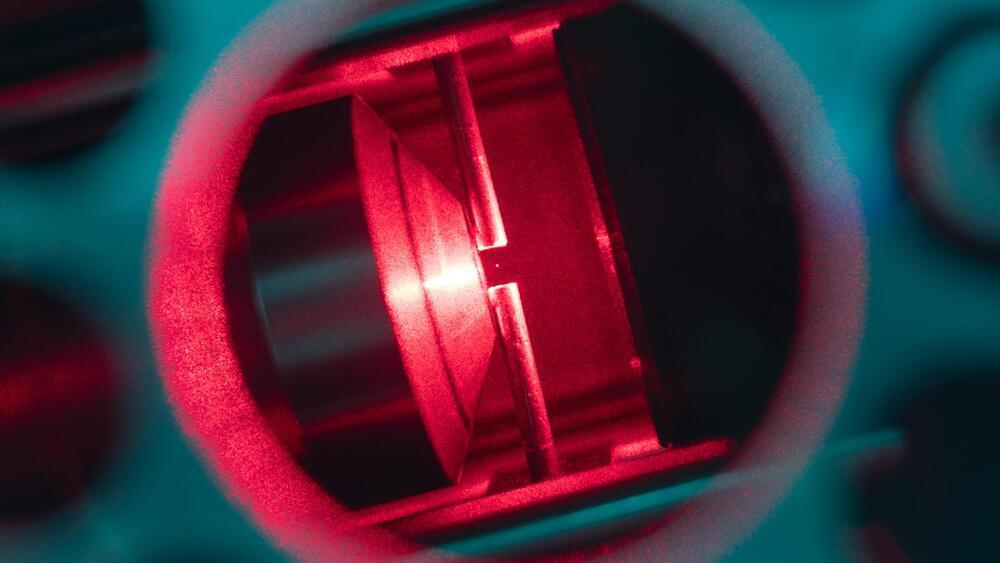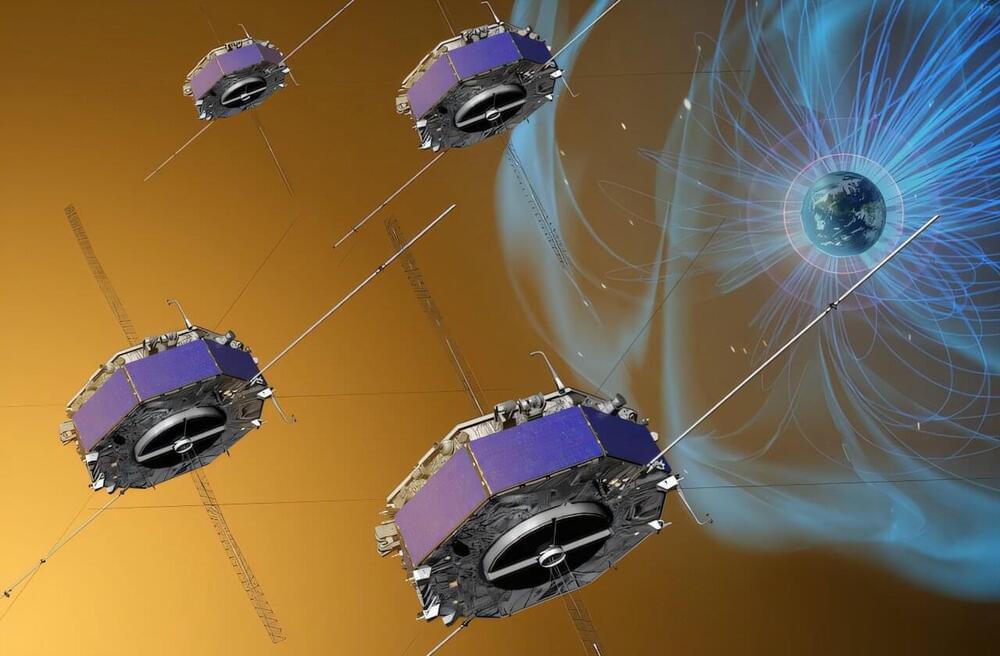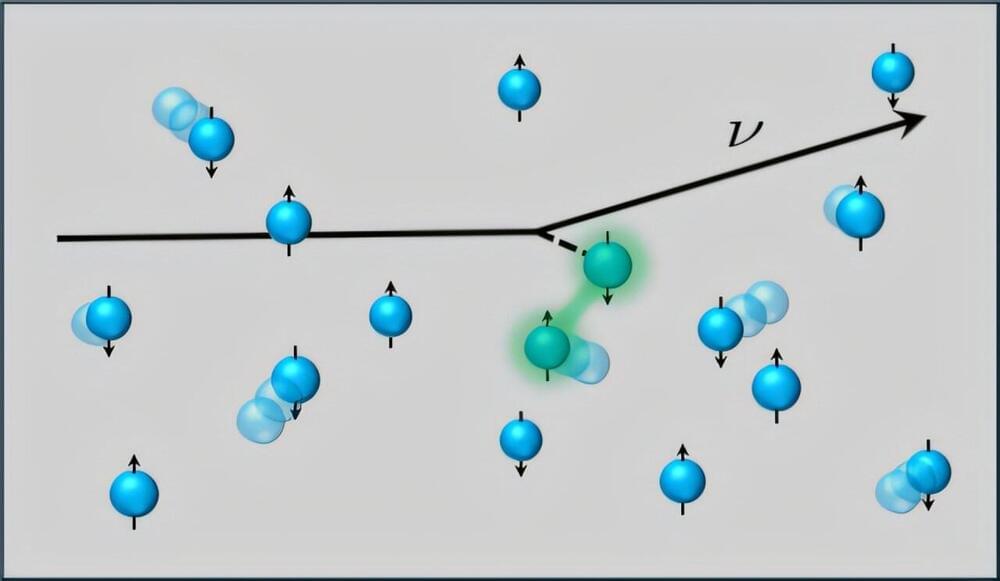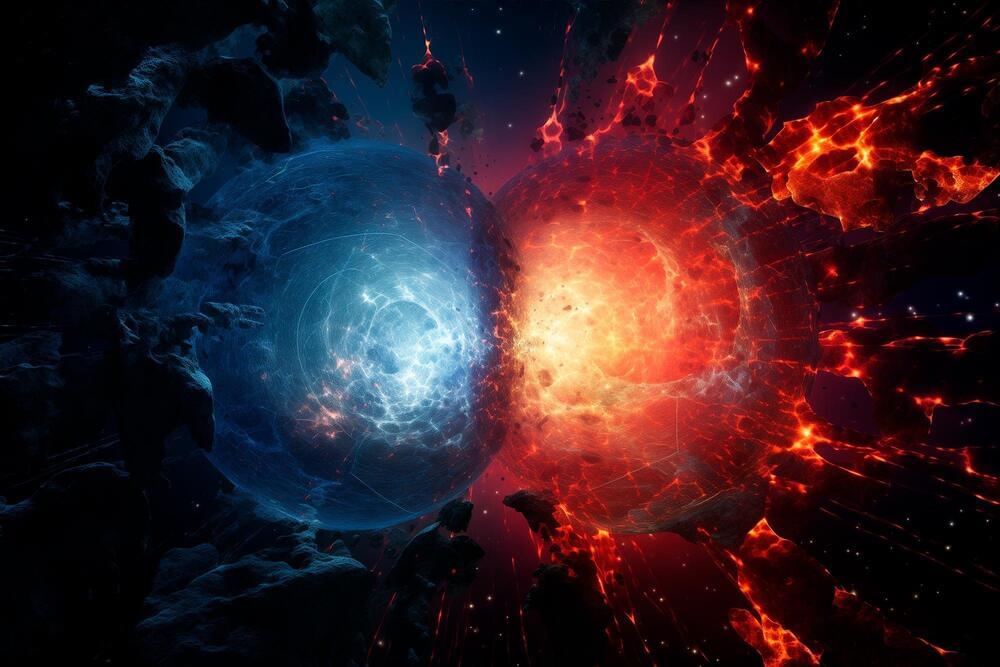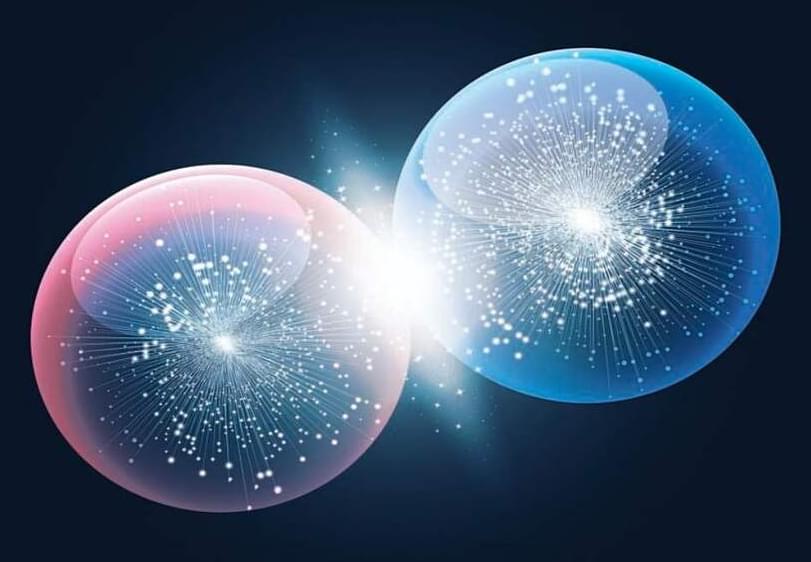In order to achieve the tunneling of atoms, the researchers used three optical tweezers and arranged them in a series. Then they introduced ultracold fermionic atoms (atoms that are cooled down to absolute zero temperatures) in this arrangement.
Using the three tweezers as traps, the researchers were able to control the tunneling rate of atoms by changing the distance between the traps. This approach allowed the researchers to successfully transfer atoms between the two outer tweezers.
“We observe a smooth and high-efficiency transfer of atoms between the two outer traps, with a very low population remaining in the central trap,” the researchers note in their study.
